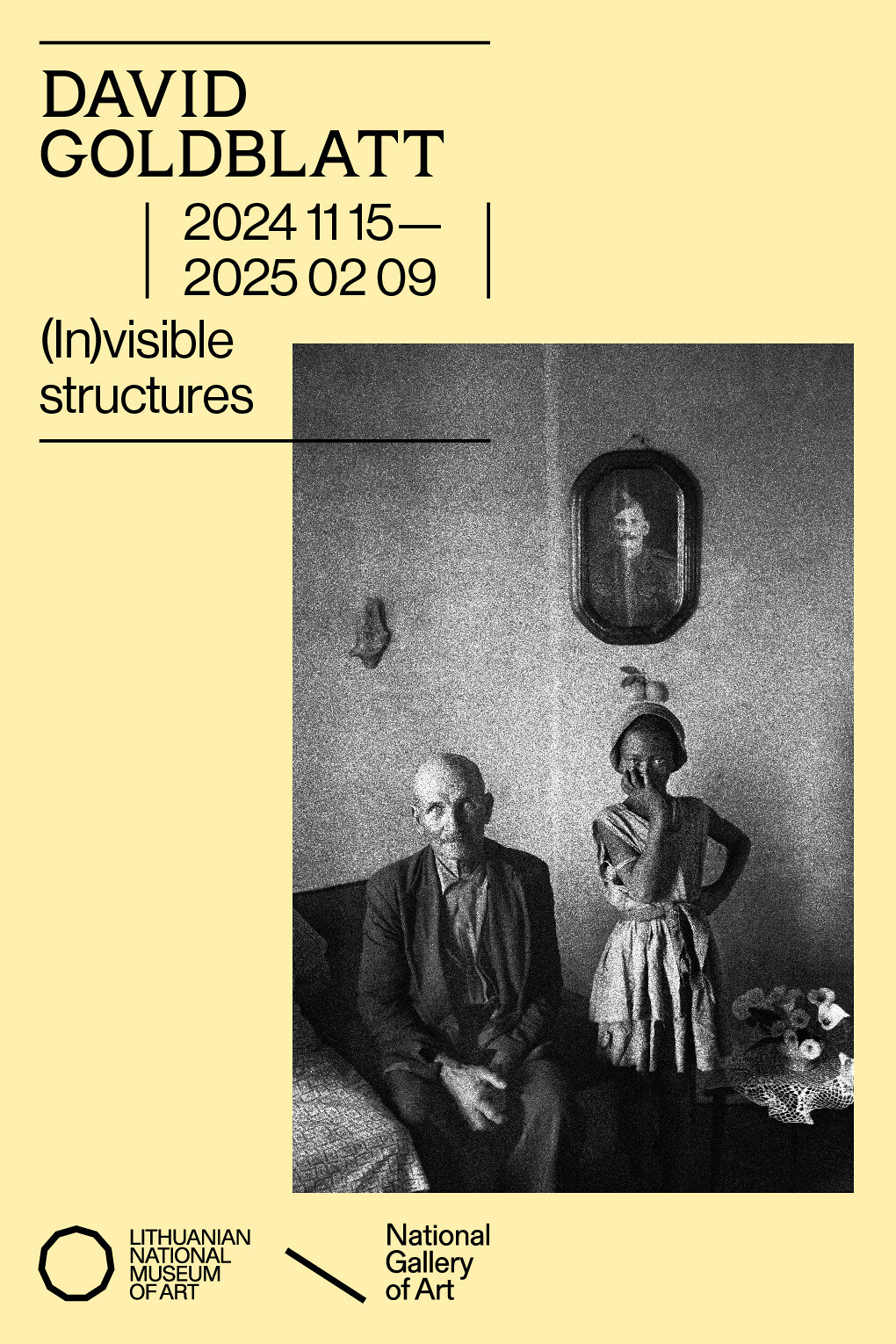Tensta konsthall winter/spring 2015
Frederick Kiesler: Visions at Work
Annotated by Céline Condorelli and six student groups
“What Does an Exhibition Do?”
A series of seminars with Bruce Altshuler, Dieter Bogner, Céline Condorelli, Clémentine Deliss, Jens Hoffmann, Peter Lang, Helena Mattsson, Monika Szewczyk, and Tirdad Zolghadr
Tensta Museum Continues
With writer Mekonen Tekeste’s stories about Eritrea, Ahmet Ögüt’s The Silent University, and City Walks
and so on
Tensta konsthall
Taxingegränd 10
Box 4001
163 04 Spånga
Sweden
T +46 8 36 07 63
F +46 8 36 25 60
info [at] tenstakonsthall.se
Frederick Kiesler (1890–1965) paved the way for a dynamic view of the art experience. From the 1920s Constructivist-inspired theater exhibitions in Vienna and Paris and the acclaimed shop window presentations in New York City in 1928, to the legendary scenography for Peggy Guggenheim’s Manhattan gallery Art of This Century (1942) and the collaboration with Marcel Duchamp on a surrealist exhibition Bloodflames in 1947, Kiesler tried to enhance the encounter between the viewer and a work of art. Underlying much of his work were thoughts on the continual interaction between man and his natural and technological environments, as defined in the theory of correalism.
Kiesler’s investigative methodology, visionary capacity, and projective abilities are especially relevant in this exhibition, which is the first in Northern Europe of his truly transdisciplinary practice. The exhibition features models and documentations of his designs for exhibitions, buildings, interiors, shop windows, etc. from various periods. It also includes drawings, vintage photographs, paintings, furniture, and a prototype of his inventive Mobile Home Library. A large amount of this documentation pertains to his widely discussed and exhibited, although never realized, designs for the bio-morphic Endless House.
The artist Céline Condorelli, who has a long-standing interest in exhibition design, modes of display, and support structures, contributes to the project with three new works. In order to test the relevance of Kiesler’s work today, six student groups have been invited to engage with his oeuvre. A selection of the resulting projects is displayed in the exhibition. The student groups are KTH Tensta, KTH School of Architecture, MejanArc at the Royal Institute of Art, Interior Architecture & Furniture Design and Curatorlab at Konstfack, and the fifth grade at Askebyskolan in Rinkeby.
In collaboration with the Austrian Frederick and Lillian Kiesler Private Foundation. Curated by Dieter Bogner and Maria Lind. With support from the Embassy of Austria in Stockholm and Wittmann.
As part of the exhibition, the seminar series “What Does an Exhibition Do?” will take place in spring 2015. A number of aspects of exhibitions and exhibition-making will be discussed. Topics will span the history of the exhibition as a format and organizing principle for the history of curating and include groundbreaking examples of exhibition architecture, transdisciplinary uses of the exhibition, and structural experiments within the exhibition.
Tensta Museum Continues in the form of city walks (an Arts and Literature walk, Spånga Church walk, walk in Tensta with architect Erik Stenberg, etc). The online platform Space presents I’m Every Lesbian by Sofia Hultin with a map and audioguide of her city walks in Tensta. Citizen to Citizen, a venue for newly arrived migrants who need support and knowledge of the community in Sweden, takes place every Tuesday, and a language café is organized through The Silent University. Nyhetsbyrån (The News Agency), a long-term initiative for young people who are interested in journalism and storytelling, and Stockholmsskolan (Stockholm school), an education initiative particularly intended for young people who are curious about how to proceed towards an education in art and design, run during the spring.


